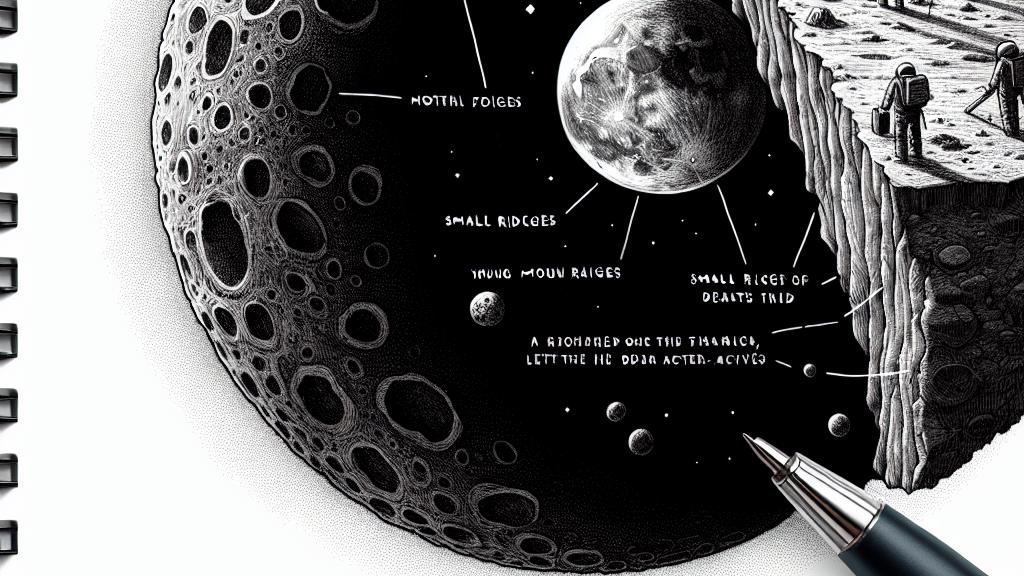New Discoveries Show the Moon is More Active than We Thought
Overview
- Recent study reveals the Moon's surprising geological activity, debunking old myths.
- Young lunar ridges found challenge previous understandings of the Moon's history.
- Understanding the Moon's geology is critical for planning safe and effective future missions.

A Paradigm Shift in Lunar Geology
For years, the scientific community accepted the idea that the Moon was 'geologically dead', resembling an ancient, frozen relic of the solar system. However, an astonishing new study by researchers from the Smithsonian Institution and the University of Maryland has turned this long-standing belief on its head! They discovered a remarkable network of young geological features—specifically small ridges on the Moon's far side—that suggest active geological processes are still occurring. This finding not only challenges outdated perceptions but also ignites a sense of curiosity and excitement amongst scientists and space enthusiasts alike. It's like finding out that a once-slumbering giant is, in fact, stirring awake!
Unraveling the Mystery of Young Ridges
In their groundbreaking research, the team identified an impressive 266 small ridges, dating back to less than 200 million years ago. These fresh geological features, found primarily in volcanic regions, contradict the belief that the Moon has been motionless for eons. The innovative approach of using crater counting—where researchers date surfaces based on the number and size of craters—revealed that these young ridges possess significantly fewer craters than surrounding areas. Picture a pristine island compared to a long-eroded coastline! This suggests that tectonic activity has occurred remarkably recently, making the Moon's surface a dynamic and developing environment. Furthermore, the structural similarities between these ridges and others on the Moon's near side hint at larger forces at play beneath the surface.
Implications for Future Exploration and Safety
What does this mean for our plans to return to the Moon? The implications are both profound and exciting. As we gear up for upcoming lunar missions, understanding that the Moon is geologically active shapes how we approach landing site selection. We must consider: how can we ensure astronaut safety if the terrain is shifting and evolving? As expert Jaclyn Clark from UMD pointed out, utilizing technologies like ground-penetrating radar becomes crucial. This state-of-the-art equipment will allow us to see beneath the lunar crust, helping us identify secure locations for our bases and equipment. Armed with this newfound knowledge, we realize that the Moon isn't just a cold, lifeless body; it's a dynamic entity deserving of our respect and in-depth study as we prepare to explore its surface.

Loading...